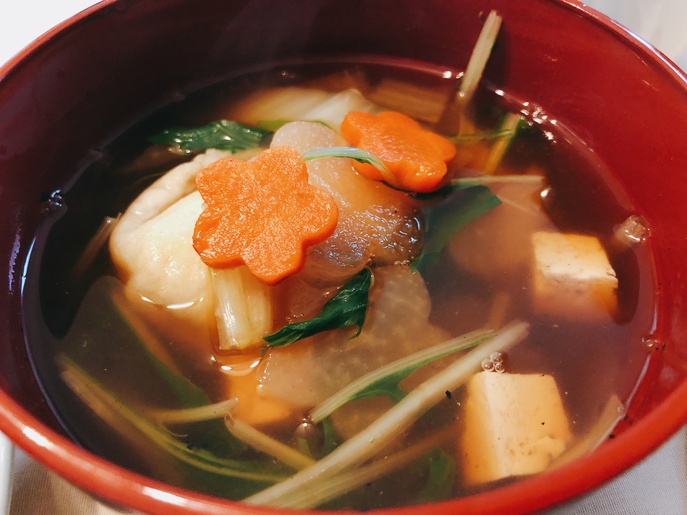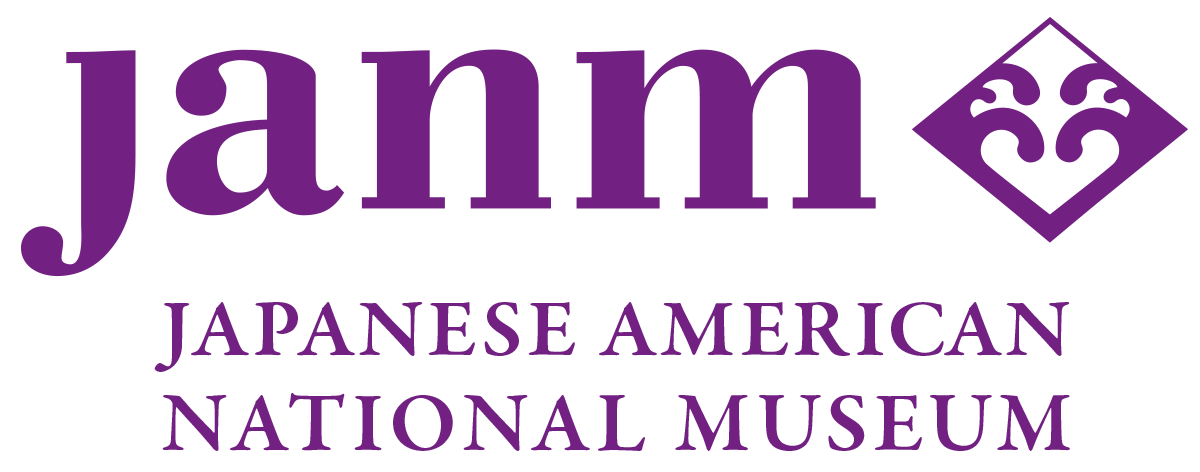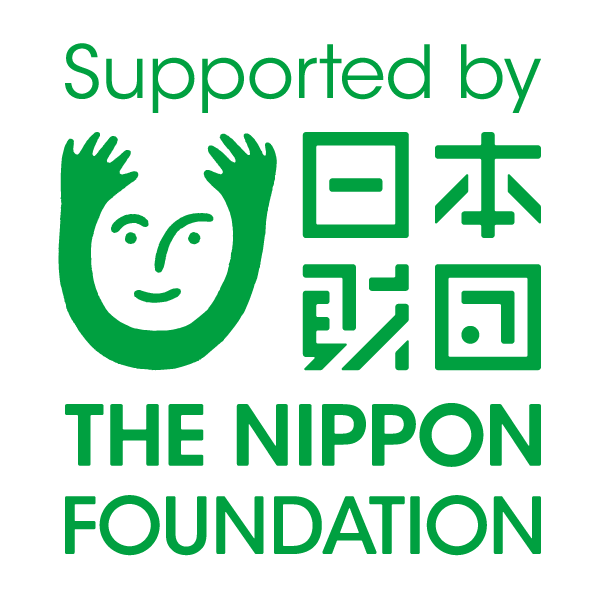Nima-kai Oshogatsu Traditions
0 comments

|
||
| Licensing | ||
In conjunction with the Japanese American National Museum’s Oshogatsu Virtual Family Festival (January 3–8, 2021), Discover Nikkei compiled photos to share our global Nikkei community’s New Year traditions.























































 editor
editor
 Discover Nikkei Illustrations by Roxsy Lin
Discover Nikkei Illustrations by Roxsy Lin Nima-kai Traditions: Matsuri
Nima-kai Traditions: Matsuri Nima-kai Kodomo no Hi Traditions
Nima-kai Kodomo no Hi Traditions Nima-kai Hinamatsuri Traditions
Nima-kai Hinamatsuri Traditions Nima-kai Oshogatsu Traditions
Nima-kai Oshogatsu Traditions Nikkei Names: Writing Workshop in Gardena
Nikkei Names: Writing Workshop in Gardena Nikkei Names: Writing Workshop in Anaheim
Nikkei Names: Writing Workshop in Anaheim Nikkei Names: Writing Workshop in San Jose
Nikkei Names: Writing Workshop in San Jose Nikkei Names: Writing Workshop in Seattle
Nikkei Names: Writing Workshop in Seattle Nikkei Names: Writing Workshop in Burnaby, BC
Nikkei Names: Writing Workshop in Burnaby, BC
 Journal feed
Journal feed
